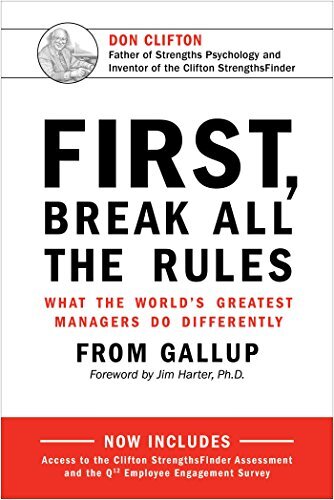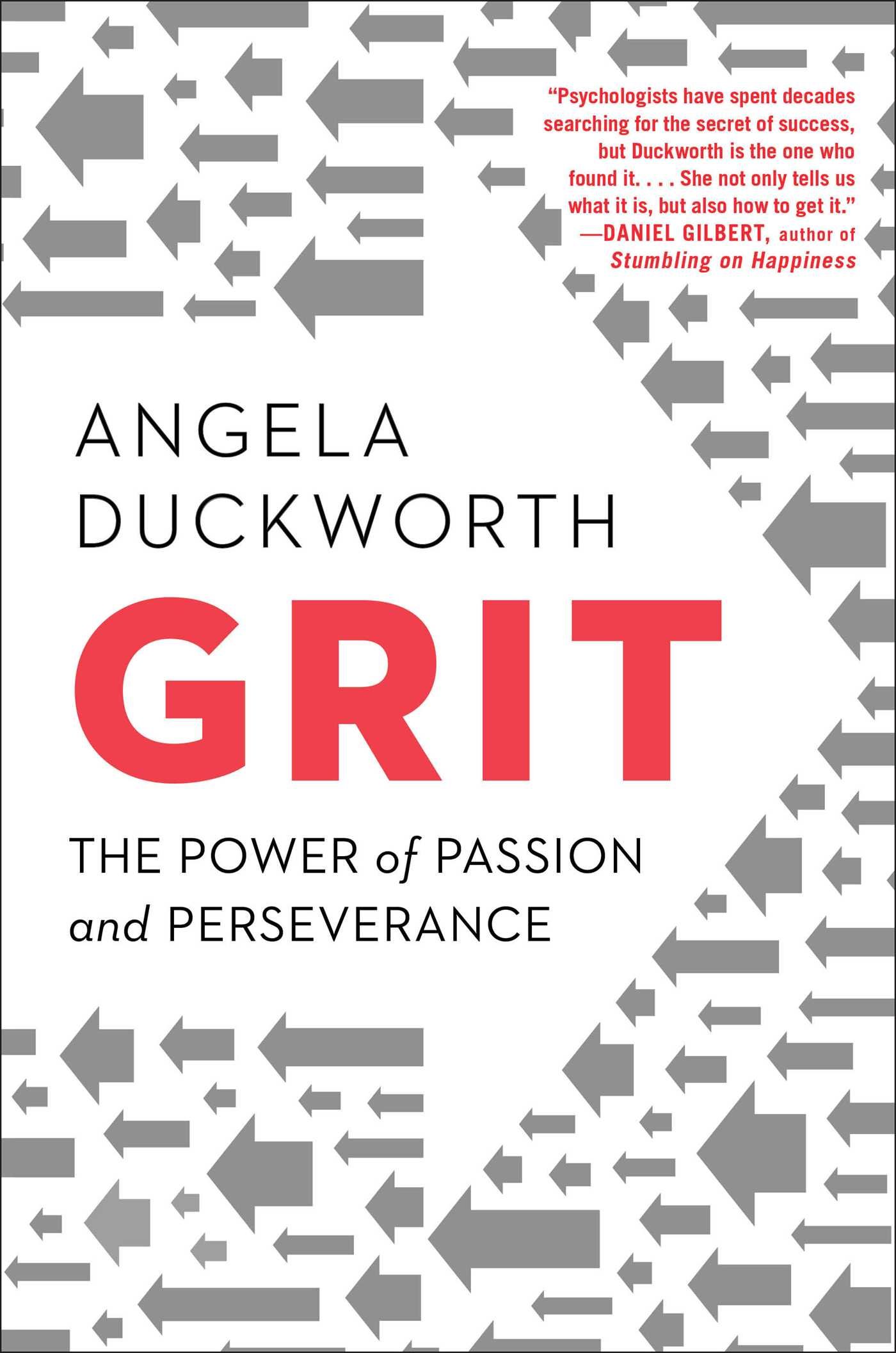First, Break All the Rules – by Gallup Press
Recommendation: 7/10. Date read: 10/3/20.
A solid introduction to management and how to better develop your team. I found it particularly useful as someone who is currently trying to build this skill and help others grow in their careers. The book centers on four key elements: 1) When selecting someone for a role, select for talent. Not simply experience, intelligence, or determination. Gallup emphasizes, “As a manager, your job is not to teach people talent. Your job is to help them earn the accolade ‘talented’ by matching their talent to the role.” 2) When setting expectations, define the right outcomes, don’t prescribe the right steps. 3) When motivating someone, focus on their strengths, not their weaknesses. 4) When developing someone, help them find the right fit, not blindly moving them up to the next rung. Basic, but fundamental concepts that are worth digging into.
See my notes below or Amazon for details and reviews.
My Notes:
The focus of great managers:
I know what is expected of me
I have the materials and equipment I need to do my work right
At work, I have the opportunity to do what I do best every day
In the last seven days, I have received recognition or praise for doing good work
My supervisor, or someone at work, seems to care about me as a person
There is someone at work who encourages my development
Select a person, set expectations, motivate the person and develop the person:
When selecting someone, select for talent (not simply experience, intelligence, or determination).
When setting expectations, define the right outcomes (not the right steps).
When motivating someone, focus on strengths (not weaknesses).
When developing someone, help them find the right fit (not the next rung).
Talent:
“A love of precision is not a skill. Nor is it a knowledge. It is a talent. If you don’t possess it, you will never excel as an accountant. If someone does not have this talent as part of his filter, there is very little a manager can do to inject it.” Alex: talent in product is a love to create/build.
Three kinds of talent: striving = why of a person, thinking = how/decision making, relating = who of person.
The talent alone isn’t special, you must match it with the right role. For example the relating talent of empathy with nursing.
“As a manager, your job is not to teach people talent. Your job is to help them earn the accolade ‘talented’ by matching their talent to the role.”
“A broker with lots of desire and focus is not necessarily a better broker than one with lots of achiever and discipline. But she would certainly fit better in the entrepreneurial company, just as the broker blessed with achiever and discipline would be better cast in the more structured company.”
Focus on strengths:
“You succeed by finding ways to capitalize on who you are, not by trying to fix who you aren’t. If you are blunt in one or two important areas, try to find a partner whose peaks match your valleys. Balance by this partner, you are then free to hone your talent to a sharper point.”
Interviewing:
Past behavior is a good predictor of future behavior, but only give credit to the person’s top of mind response. If the behavior is consistent, a response will come to mind will a single prompt. If they need two or three probes to describe an example, they likely haven’t faced that scenario with any sort of regular frequency.
A person’s source of satisfaction are clues to his talent. Ask what their greatest personal satisfaction is, what kind of situations give them strength, what they find fulfilling.
Performance Management:
Foundation = simplicity, frequent interaction, focus on the future, and self-tracking.





